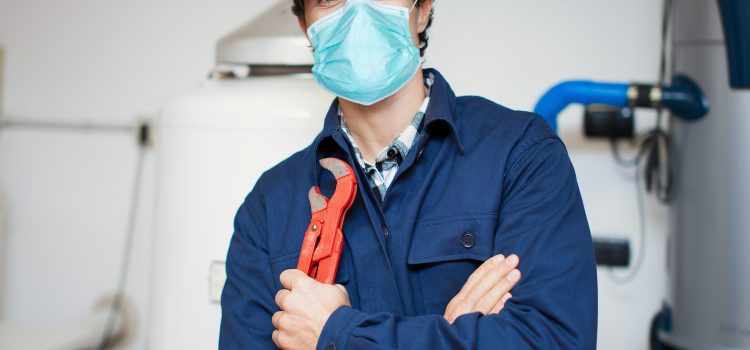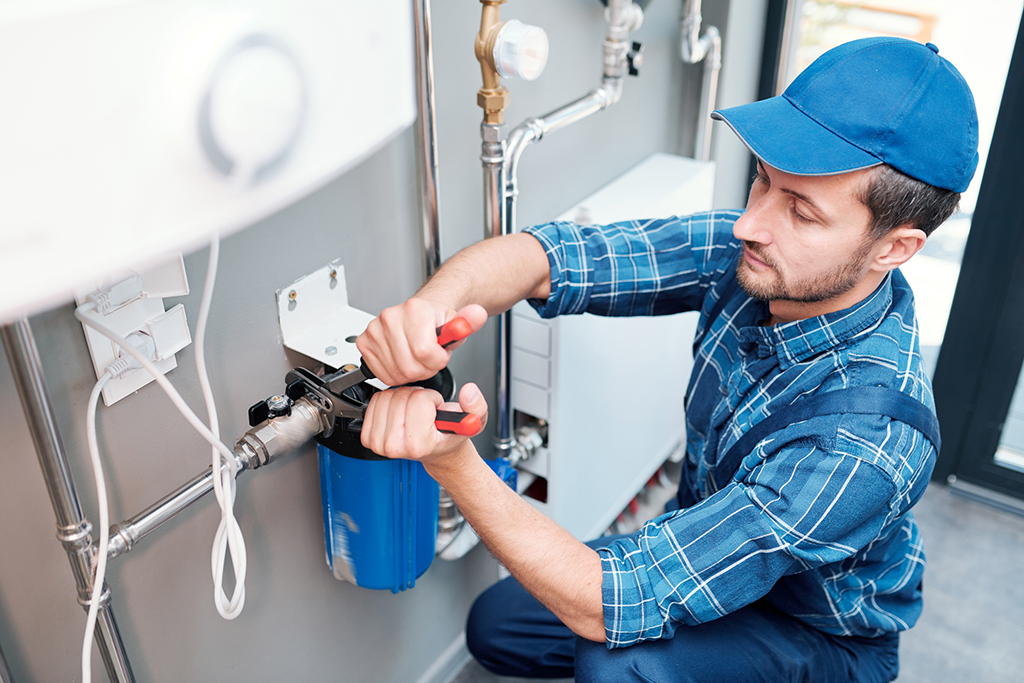Recognizing When You Should Attempt Piping Fixes Yourself versus Hiring a Professional Plumber
Recognizing When You Should Attempt Piping Fixes Yourself versus Hiring a Professional Plumber
Blog Article
What are your ideas with regards to When to DIY and When to Call in the Plumbing Pros?

Introduction
Plumbing problems can range from small aggravations to major headaches, usually prompting house owners to determine in between tackling the issue themselves or contacting an expert plumber. Understanding when to do it yourself and when to seek professional help can conserve time, cash, and protect against potential catastrophes. This post checks out the variables to take into consideration when making this important choice.
Benefits of Do It Yourself Pipes
Tackling plumbing jobs on your own can be rewarding in numerous ways, especially for less complex jobs.
Expense Financial savings
DIY pipes projects typically conserve cash by preventing expert service charge. Tasks like repairing small leakages, changing faucets, or setting up brand-new showerheads are instances where property owners can take care of fixings without employing a plumbing.
Skill Enhancement
Engaging in DIY plumbing uses a chance to discover and boost useful abilities. Basic tasks encourage homeowners to comprehend their pipes systems better and acquire self-confidence in handling small repairs independently.
Risks of Do It Yourself Plumbing
While DIY jobs use benefits, particular dangers must be carefully considered before attempting fixings.
Complexity of Tasks
Some pipes problems call for specific expertise and tools past regular home owner abilities. Messing up complicated problems can lead to more damage and pricey repairs.
Safety and security Issues
Dealing with pipes systems includes risks such as direct exposure to water damages, capacity for electric threats, and dealing with devices inaccurately. Safety preventative measures need to be observed to stop mishaps and ensure effective fixings.
Indicators to Call a Specialist Plumbing Professional
Identifying when a pipes problem goes beyond DIY capabilities is important to preventing intensifying troubles.
Indications of Complicated Concerns
Instances consist of:
Prompt specialist intervention is required to resolve these problems effectively and minimize damage.
Do It Yourself Plumbing Tips
For successful DIY pipes, it's necessary to be prepared with the right tools and adhere to correct treatments.
Standard Devices and Products
Secret devices for do it yourself pipes:
Step-by-Step Guides
Clear instructions ensure secure and reliable do it yourself fixings:
Selecting the Correct Time to Do It Yourself
Establishing when to deal with plumbing tasks yourself calls for examining both the complexity of the concern and personal comfort levels.
Evaluation List
Consider:
When to Absolutely Call a Specialist
Specific scenarios demand prompt skilled focus to prevent extensive damages or safety and security risks.
Examples consist of:
Finding and Hiring a Professional Plumbing Professional
Choosing a qualified plumbing makes certain reputable service and peace of mind in solving plumbing problems.
Criteria for Choice
Variables to take into consideration:
Price Evaluation: do it yourself vs. Specialist Solutions
Comparing the monetary implications of DIY efforts versus professional pipes services aids in making notified choices.
Financial Considerations
Evaluate:
Verdict
Deciding whether to do it yourself or call a professional plumbing technician hinges on recognizing the complexity of plumbing concerns and individual capacities. By weighing the benefits and dangers, house owners can make educated options that advertise effective maintenance and safeguard their homes from plumbing catastrophes.
DIY vs. Professional Plumbing Repairs: When to Call a Pro
When dealing with plumbing issues or embarking on renovation projects, homeowners have to decide whether or not they want professional help with their home’s plumbing system. While master plumbers can complete just about any plumbing project, they can cost a pretty penny. On the other hand, DIY plumbing projects can very quickly go awry, which can make things worse.
In this blog, we’ll explore common plumbing projects that homeowners can confidently tackle, provide insights into the essential tools needed, and discuss critical DIY mistakes to avoid. Understanding these distinctions not only helps in maintaining the efficiency and longevity of your home’s plumbing system but also ensures safety and cost-effectiveness in your repair endeavors.
Installing/Replacing Certain Plumbing Fixtures
Most homeowners should be able to install new plumbing fixtures or replace old ones that are damaged or old. Using basic tools, you should be able to effectively:
Replace faucet washers or cartridges Replace showerheads Install a new toilet seat Hook up new appliances Replace hose bibbs Unclogging Drains
You should also be able to fix any clogged drains within your home by using a plunger, plumber’s snake, or natural solutions like baking soda and vinegar. These can often clear clogged sinks or bathtubs without needing professional drain cleaning assistance.
Fixing Running Toilets
Another plumbing issue many homeowners may be able to handle is a running toilet. Toilets may run more than they should due to a faulty flapper or float inside the tank. Toilet replacement parts are easy to find and often come with easy-to-follow instructions.
Repairing Leaky Faucets
A dripping faucet can not only be an annoyance, but it can also be a waste of water. Leaky faucets can normally be fixed with basic tools and a basic understanding of how they work, making them easy to fix.
Adjusting Water Heater Temperature
If you are able to follow basic safety precautions, you should be able to adjust the temperature on your hot water heater, which can improve your home’s energy efficiency and also increase comfort.
Fixing Minor Leaks in Pipes
For small plumbing leaks, particularly ones at pipe joints, using plumbing tape or a patch kit can be a temporary fix while you decide on a more permanent solution. Repairing broken pipes, however, can be more difficult and may require professional attention.

As an enthusiastic reader on When to DIY and When to Call a Professional Plumber, I was thinking sharing that topic was a great idea. Feel free to take a moment to share this blog entry if you enjoyed reading it. I thank you for your readership.
This Page Report this page